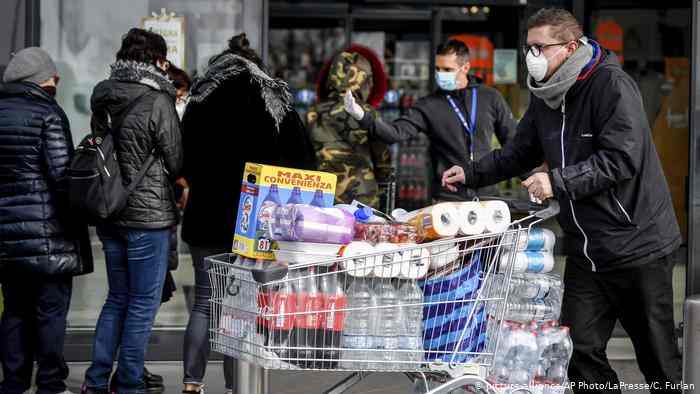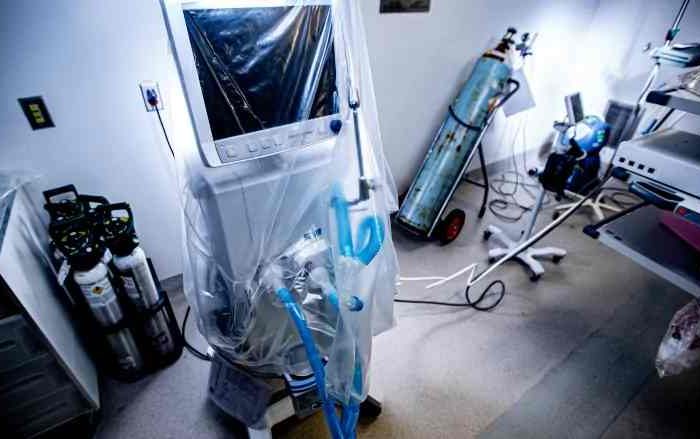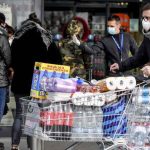Coronavirus facts, fear and panic: Some experts say we may be overreacting to the coronavirus Pandemic while overlooking some good news

Coronavirus is deadly, lethal and real. As such, the coronavirus pandemic situation should be taken seriously. As of the time of writing, there are more than 254,701 confirmed cases worldwide with at least 10,447 deaths, according to data compiled by Johns Hopkins University.
However, many experts are now saying that the panic we’re seeing unfold right now may be unnecessary. Richard A. Epstein, a senior fellow at the Hoover Institution, offered some perspective on the pandemic after analyzing the current coronavirus data. Epstein suggests that while everyone seems to react to bad news from Italy, some good news is being overlooked.
Epstein is not the first person to raise the overreaction and exaggeration of the deadly virus. Dr. Shiva Ayyadurai, an MIT scientist with 4 PHD degrees and a researcher on the human immune system, is one the most respected experts who think the media and the “Deep State” are doing the world a disservice by exaggerating the impact of the virus. He said it’s time to stop scaring people and start talking about immune health. Another expert, Prof. Jihad Bishara a leading virologist and the director of the infectious diseases unit at Rabin Medical Center, Beilinson Hospital in Petah Tikva, Israel. He urged the world leaders to calm their citizens about the coronavirus pandemic. He said people are being whipped into unnecessary panic.
Unlike Dr. Shiva and Prof. Jihad Bishara, Richard A. Epstein offers a different perspective by looking at the coronavirus world-wide data, as of 12 PM March 16, 2020. Epstein said that we are all seems to be reacting to the most dramatic news regarding the sudden spike in the number of Italian cases, totaling 24,747 with 1,809 deaths, which already exceeded the 3,099 in China. He said what we: “Overlooked is the good news coming out of China, where the latest report shows 16 new cases and 14 new deaths, suggesting that the number of deaths in the currently unresolved group will be lower than the 5.3 percent conversion rate in the cases resolved to date. In my view, we will see a similar decline in Italy.”
Epstein is right even if we look at the number of cases from Italy. According to a different report from the Italian government, 99 percent of those who died from coronavirus had other illness. If the Italian government report was true, that means the number of deaths were not just caused by coronavirus alone.
Epstein argues that based on the available data: “it seems more probable than not that the total number of cases world-wide will peak out at well under 1 million, with the total number of deaths at under 50,000 (up about eightfold). In the United States, if the total death toll increases at about the same rate, the current 67 deaths should translate into about 500 deaths at the end. Of course, every life lost is a tragedy—and the potential loss of 50,000 lives world-wide would be appalling—but those deaths stemming from the coronavirus are not more tragic than others, so that the same social calculus applies here that should apply in other cases.”
Epstein continues: “Right now, the overwhelming consensus, based upon the most recent reports, is that the rate of infection will continue to increase so that the most severe interventions are needed to control what will under the worst of circumstances turn into a high rate of death. This pessimistic view is well captured in an op-ed by Nicholas Kristof and Stuart Thompson, who offer this graph to stress the importance and the immediacy of the looming crisis.”

The model here projects a slow takeoff, a sharp rise, and an equally dramatic decline, with a huge cumulative total of deaths. The authors allow that if moderate precautions are taken, these totals might be reduced by about half.
In the end Epstein concluded, saying: “Clearly, the impact on elderly and immunocompromised individuals is severe, with nearly 90% of total deaths coming from individuals 60 and over. But these data do not call for shutting down all public and private facilities given the extraordinarily low rates of death in the population under 50.”
You can read the entire article with analysis here.




